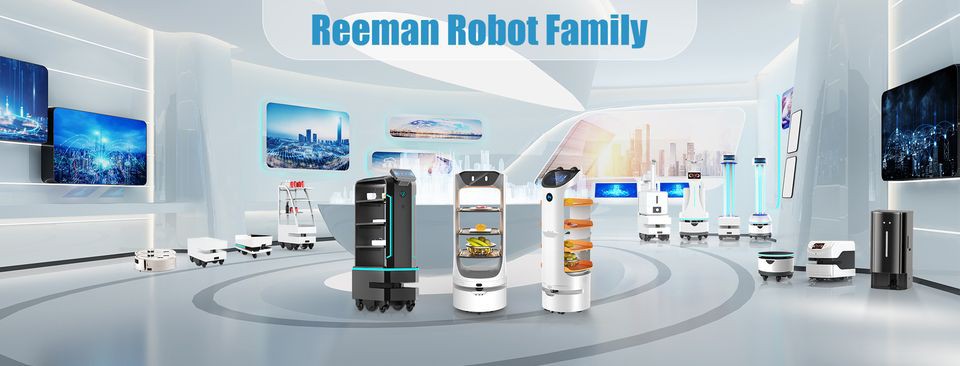
Digital technology is accelerating its integration into the economy, society and every aspect of life. A time and space in which intelligence is ubiquitous and virtual reality co-exists is gradually unfolding.
In 2021, global service robot demand sales will reach $14.6 billion, up 32.2%.
According to data released by IFR (International Federation of Robotics), the market size of Service robots in China reached 30.26 billion yuan in 2021, with a year-on-year growth of 36.18%, still in the stage of rapid growth.
As robotics becomes widespread across verticals, there will be a need to harness the computing power of cloud infrastructure to store and manage large amounts of collected data, as well as train more advanced algorithms to enhance the cognitive capabilities of robots.
Cloud providers including Amazon Cloud Technology, Microsoft Azure and Google Cloud have started working with robotics developers.
The robot "big era" has begun
Robots are known as "the pearl on the crown of manufacturing". For the robot industry, the country has also planned its development goals early.
In the "14th Five-year Plan" for the Development of robot industry, it is particularly emphasized to promote the development of three types of robots -- industrial robots, service robots and special robots.
In the Plan, robots are specifically divided into seven categories: agricultural robots, mining robots, construction robots, medical rehabilitation robots, elderly and disabled robots, household service robots, and public service robots.
According to this category, the current domestic service robot market includes not only the agricultural UAV "professional" track with a market scale of nearly 3 billion yuan, but also the "emerging" track with high attention such as distribution robot.
Robots are expected to become an important part of people's lives by 2035.
But when you see little robots answering people's questions in restaurants, banks and pavilions, cloud computing is behind it.
Arguably, the growth of cloud computing has contributed to the rapid maturation of the robotics industry, and the value of cloud infrastructure is indispensable for robot deployment (including development, configuration, and installment payments) and operations (maintenance, analysis, and control).
The first is scale deployment. If there is no cloud service, the robot's voice interaction, navigation, motion control and other algorithm operation and data storage services need to build a complex software and hardware system locally, which not only increases the computing power and storage cost of the local hardware, but also is not conducive to the popularization of large-scale and standardized products.
The second is operating cost management. In the long run, robots without cloud computing not only have high hardware costs, but also need special personnel to maintain. With the development of business, the scalability of self-built servers is not conducive to rapid upgrade of robots.
Therefore, cloud computing plays a crucial role in reducing cost and increasing efficiency, technological change and product innovation of these service robots.
Therefore, combined with cloud computing capabilities, robots will have intelligence and autonomy, while effectively reducing robot power consumption and hardware requirements, enabling large-scale deployment of robots and lightweight operation and management.
Big data analysis is the more intelligent ability of cloud computing to robots. Robots will collect a large amount of operation data during the execution of tasks, including environmental information, machine status and production requirements, etc. These data are sorted and analyzed to get the best decision plan.
From storage to analysis, and then to task delivery, the whole process puts forward higher requirements for data analysis feedback. Cloud computing can meet the robot's need for "large" and "fast" data.
At the same time, cloud computing services can be connected to every robot and automation device, and data sharing makes machines more intimate.
The system can master the state of the machine equipment, give each robot different task instructions, let the machine cooperate with each other, efficiently complete the production task.
In general, cloud technology will make robots more efficient, better performance and easier interaction between humans and machines.
To be more precise, it is the maturity of cloud technology that is ushering in the "big era" of robotics.
